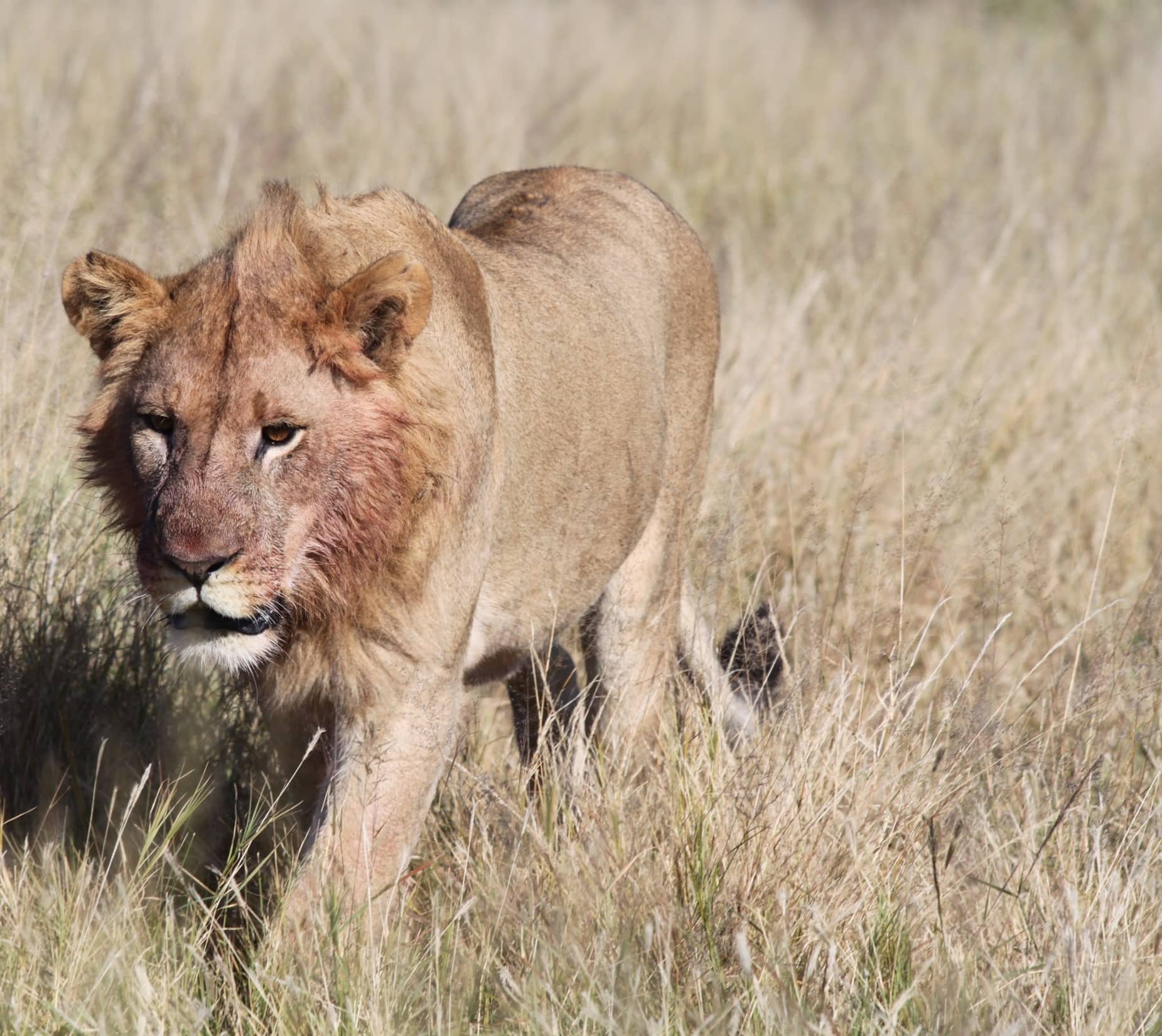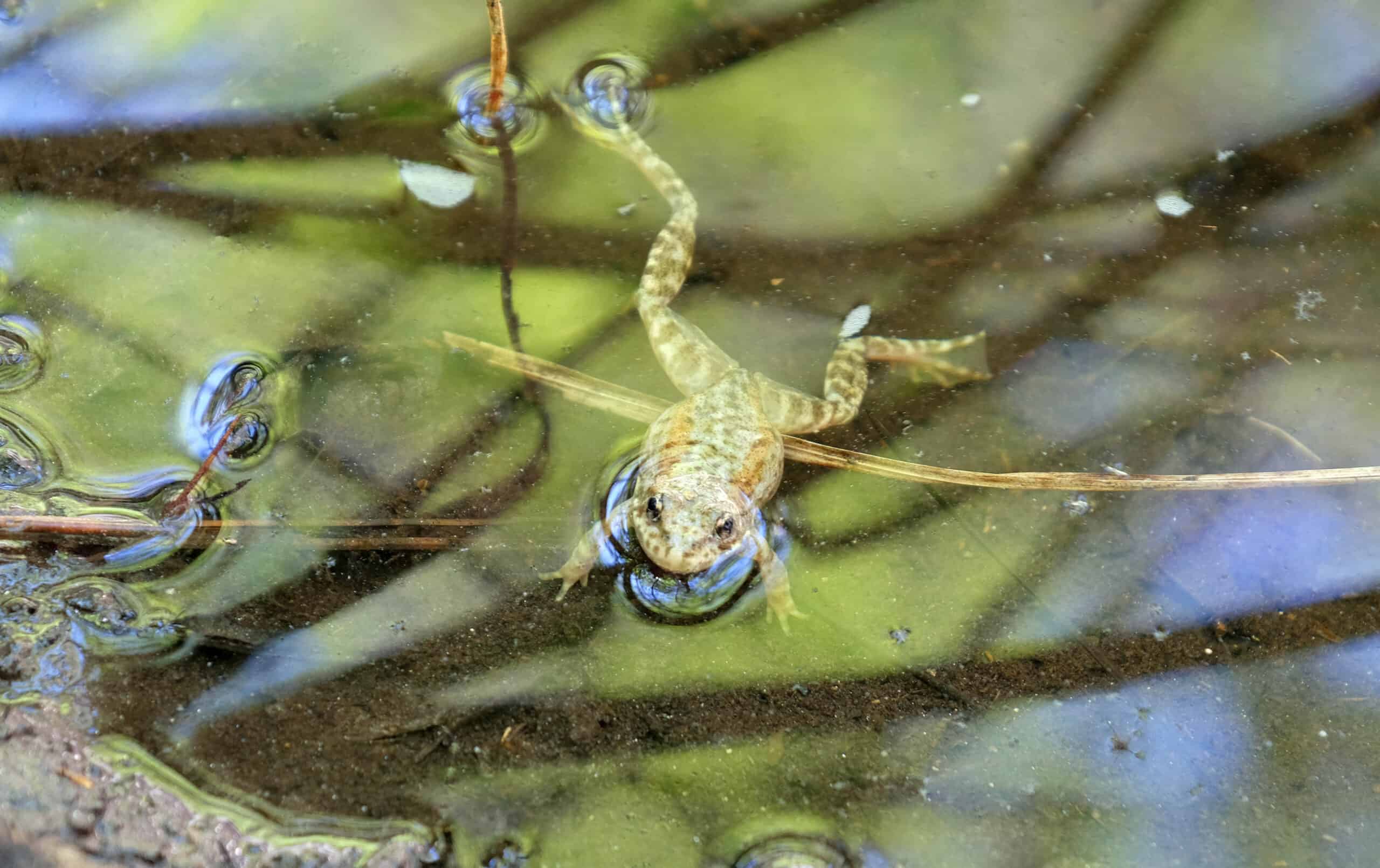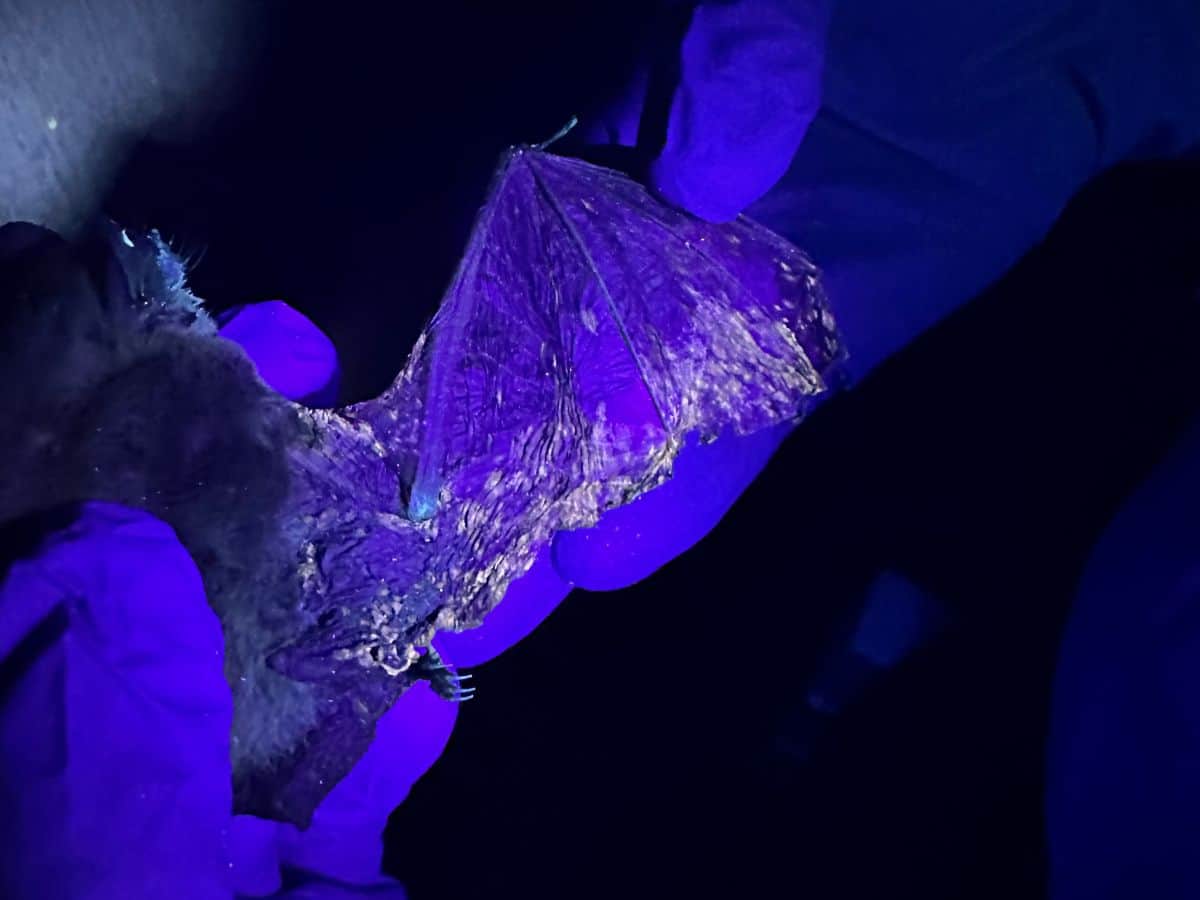Share this article
Wildlife Featured in this article
- Lion
TWS 2023: Lions carry a large parasite load
Researchers used metabarcoding to learn more about parasites in wild cats in West Africa
An examination of lion feces is revealing that in West Africa, the big cats carry a large and diverse load of parasites.
“We could detect a whole suite of [parasite] species from random scat samples,” said Jane Hallam, a postdoctoral researcher in molecular ecology at Yale University.
Hallam’s supervisor at Yale, Nyeema Harris, had been conducting trail camera studies during trips from 2016 to 2018 to the W-Arly-Pendjari protected area complex that spans Burinka Faso, Niger and Benin, then again to Senegal in 2020. Harris, a professor of environmental science, was trying to learn more about how lions (Panthera leo) were coping with expanding agriculture and poaching. She also collected scat samples opportunistically during her research.
Back at the lab, Hallam analyzed DNA from the scat to determine if they belonged to lions—sometimes hyena or dog scat can appear similar.
After the samples were narrowed down, Hallam had scat from 21 individual lions. She then used DNA primers that would capture a wide array of different groups of diseases and parasites. She looked at nematodes and haemoparasites. She also delved into the microbiome by looking at archaea and bacteria.
Parasite presence
In her results detailed in a presentation at The Wildlife Society’s 2023 Annual Conference in Louisville, Kentucky, Hallam found that lions are ridden with parasites—just like most animals on the planet.
One parasite group called apicomplexans, which includes blood parasites that can cause anemia or wasting diseases, showed up in the lions. Ticks sometimes transmit these parasites. Each infected lion didn’t have the same parasites in this family, though. Hallam found an average of 38 different strains of apicomplexans with distinct DNA. The number of these apicomplexans in each lion varied, Hallam said—some lions didn’t have any, though 90% of those surveyed had at least one.
Hallam also found a diverse array of nematodes. “Hook worms, lung worms and horrible other species of worms that live in their veins,” showed up, she said. “It seems like the lions are prone to the same kinds of disease as domestic cats.”
Future potential
Hallam said that metabarcoding provides a great noninvasive way to analyze the lion population’s health. “As a way to monitor diseases, it’s super useful,” she said.
While her study was more of a pilot, Hallam said that researchers could use techniques like this to analyze whether factors like habitat loss or increasing contact with domestic animals might affect the disease and parasite load of wild carnivores.
“That’s something that we’d like to try and push for next,” Hallam said.
However, the technique can’t reveal everything. While the metabarcoding can identify some species of parasites and bacteria, many others are unknown because nobody has sequenced and recorded their genomes. In many of these cases in this study, Hallam only got the rough category of the nematode or haemoparasite, for example.
“That’s one of the issues with parasitology,” Hallam said. “[It’s] kind of understudied compared to other fields of ecology,” Hallam said.
But learning more about these diseases and parasites, and what species they transfer between, may help with conservation and wildlife management. It also has implications for human health, as some of the parasites Hallam found in these lions can affect humans.
Header Image: Researchers analyzed lion fecal samples for parasites. Credit: Nyeema Harris








